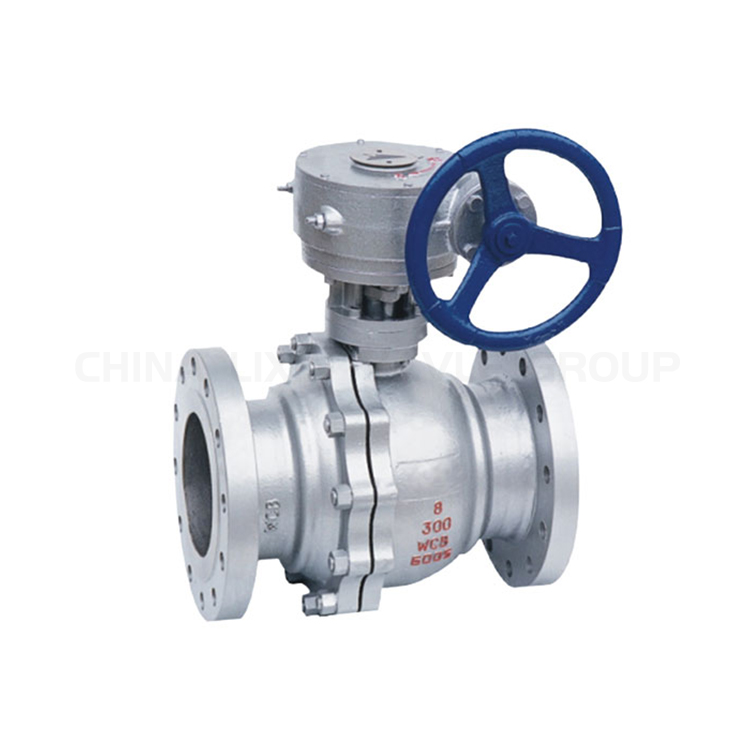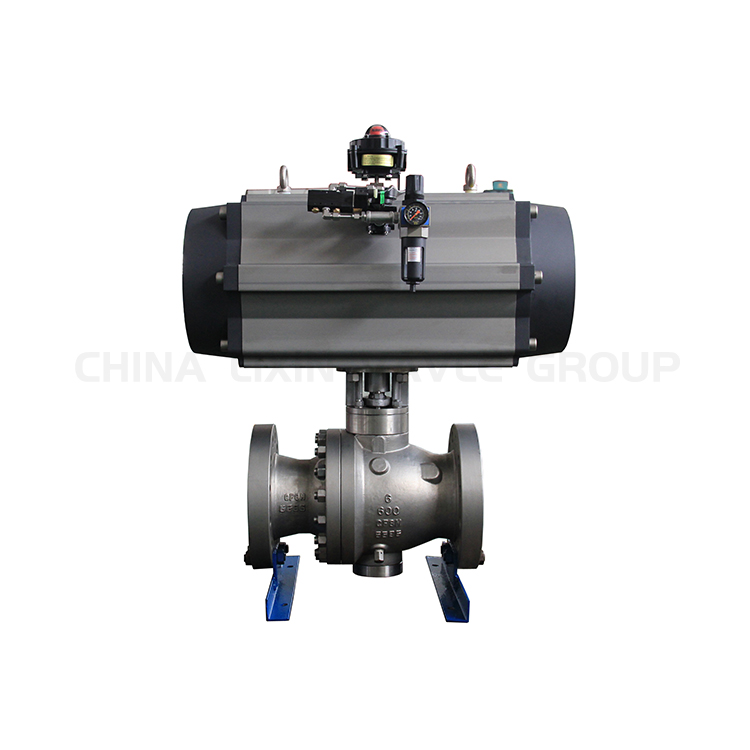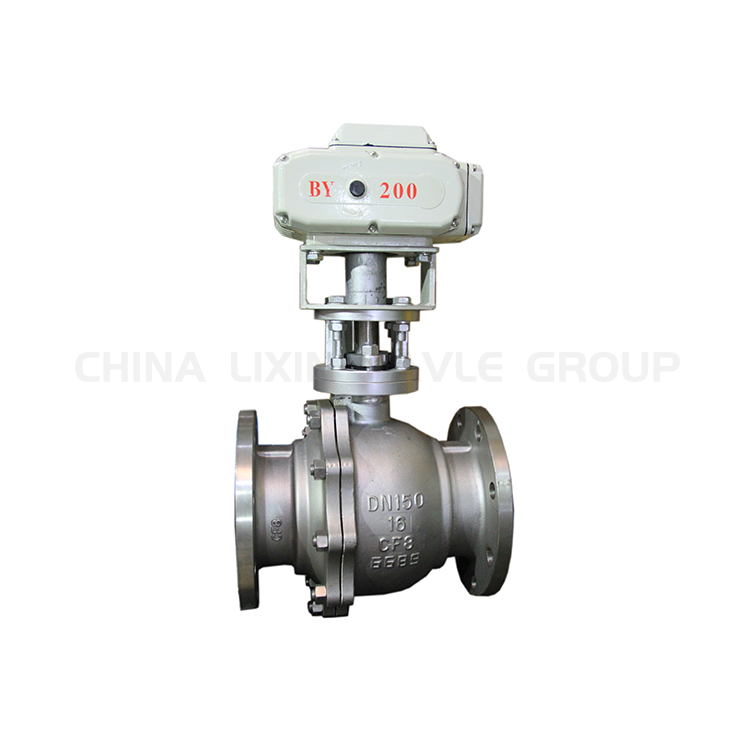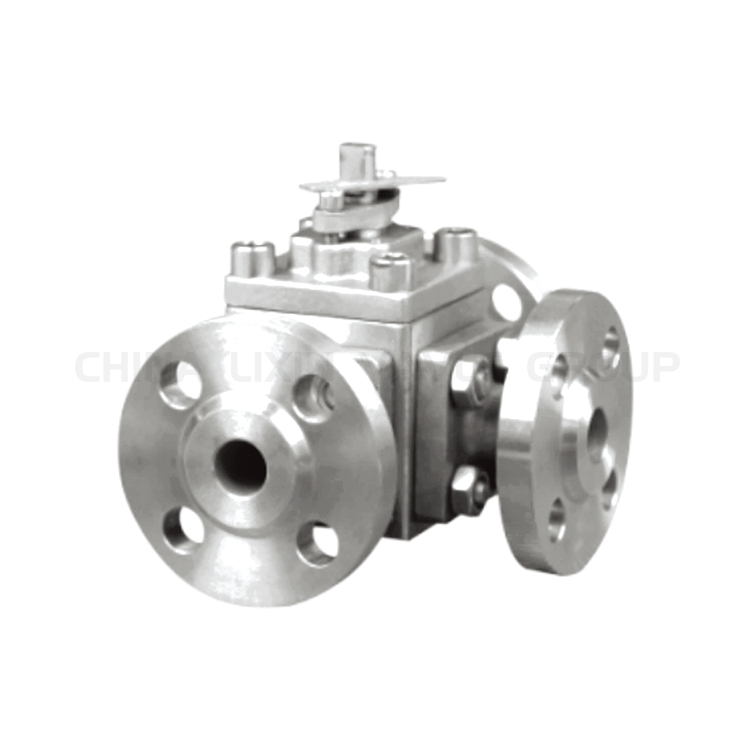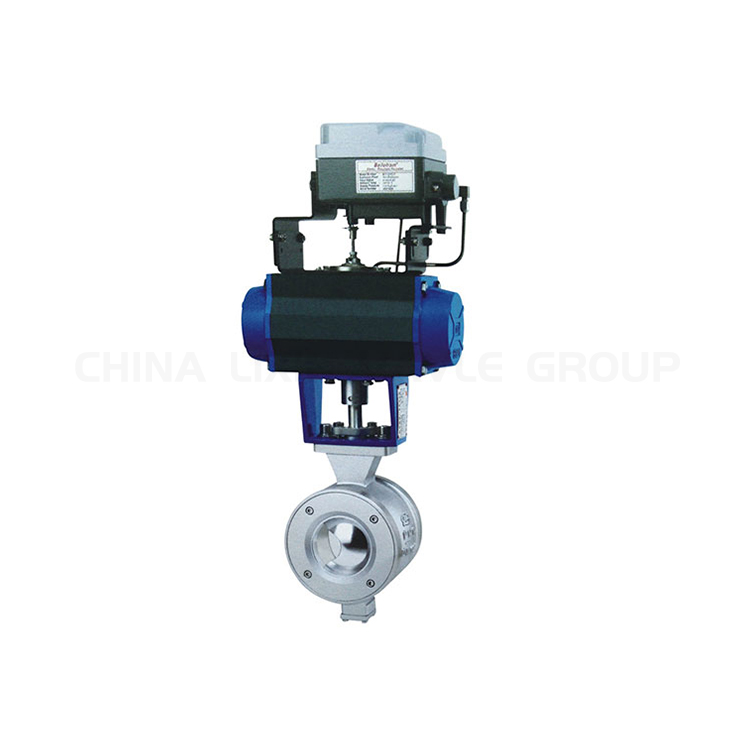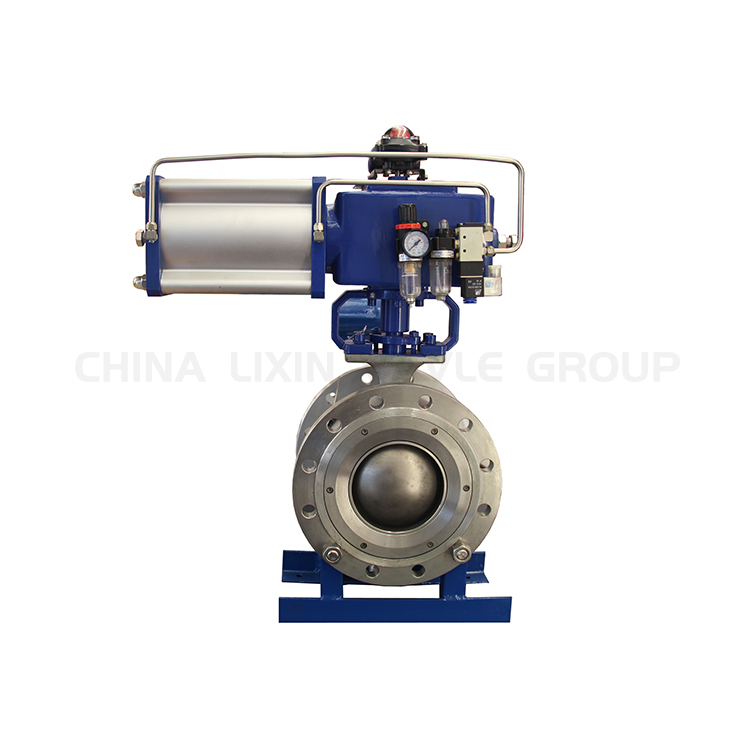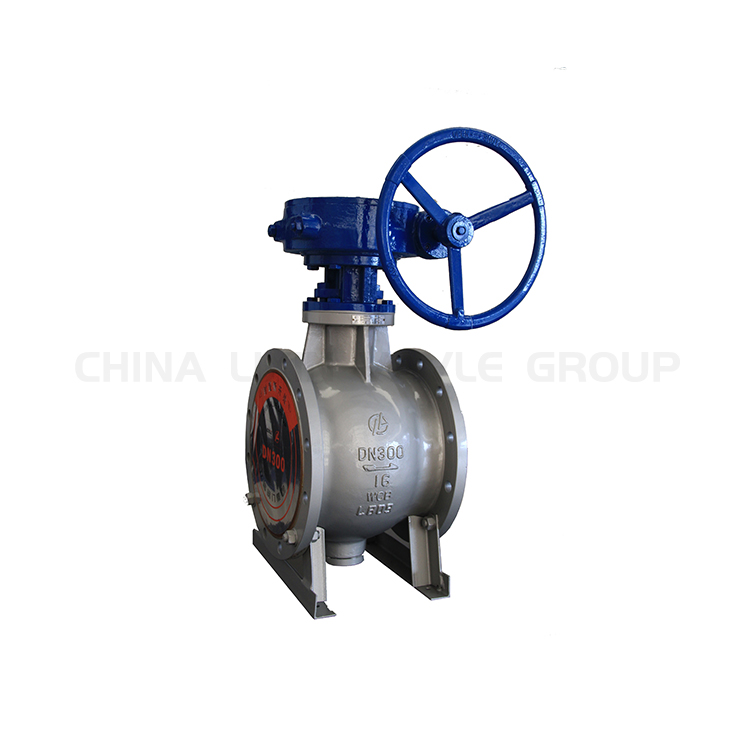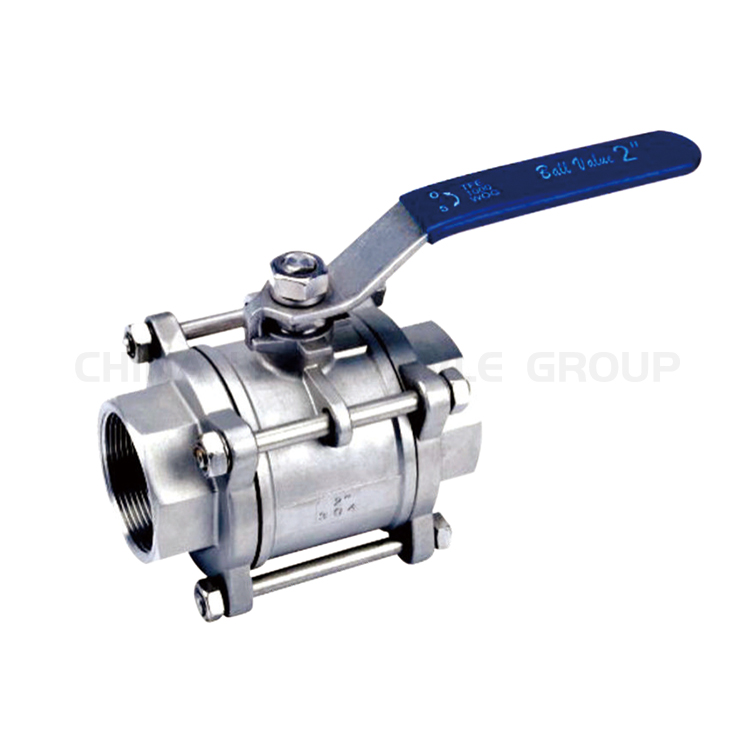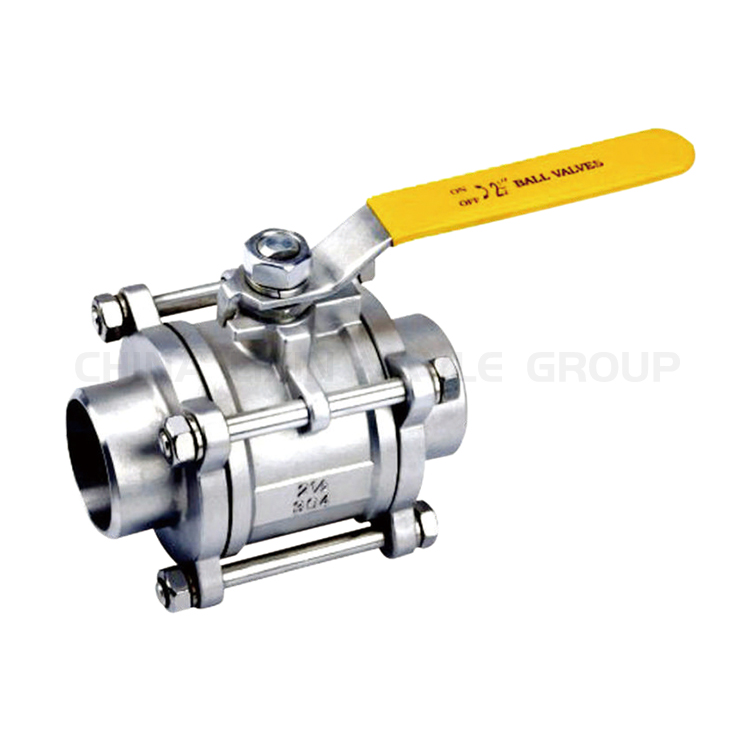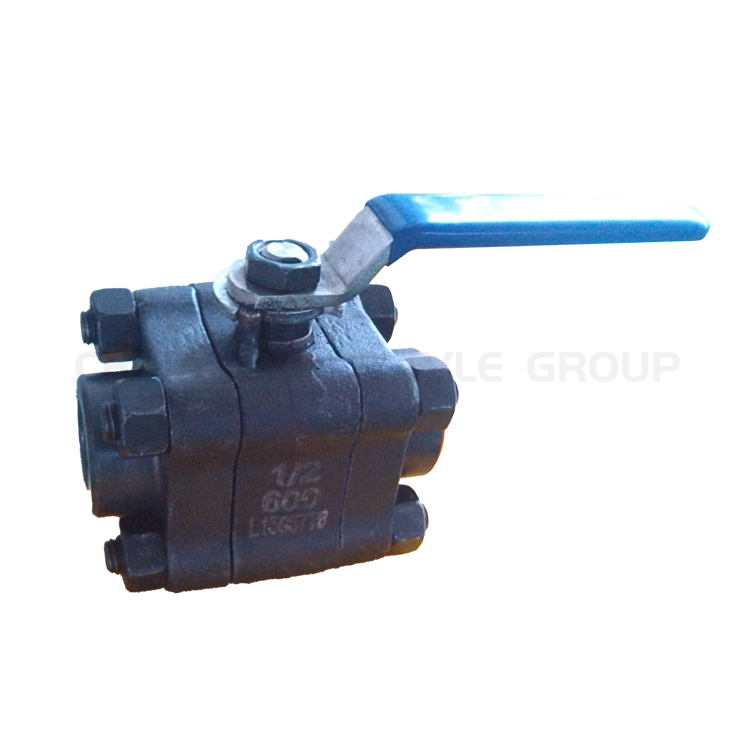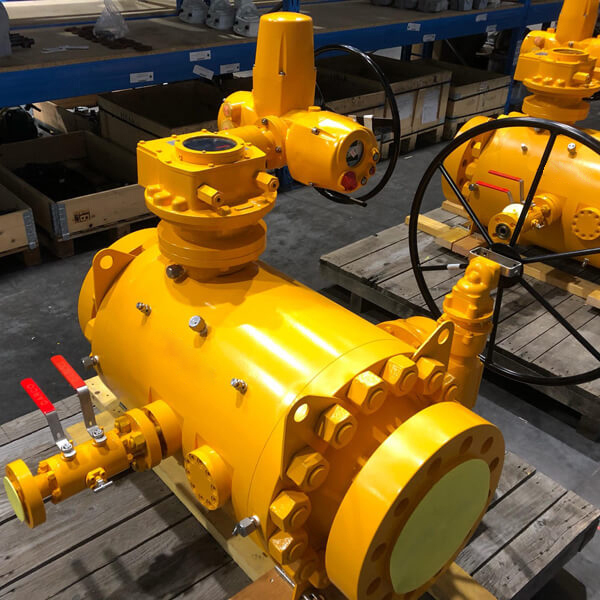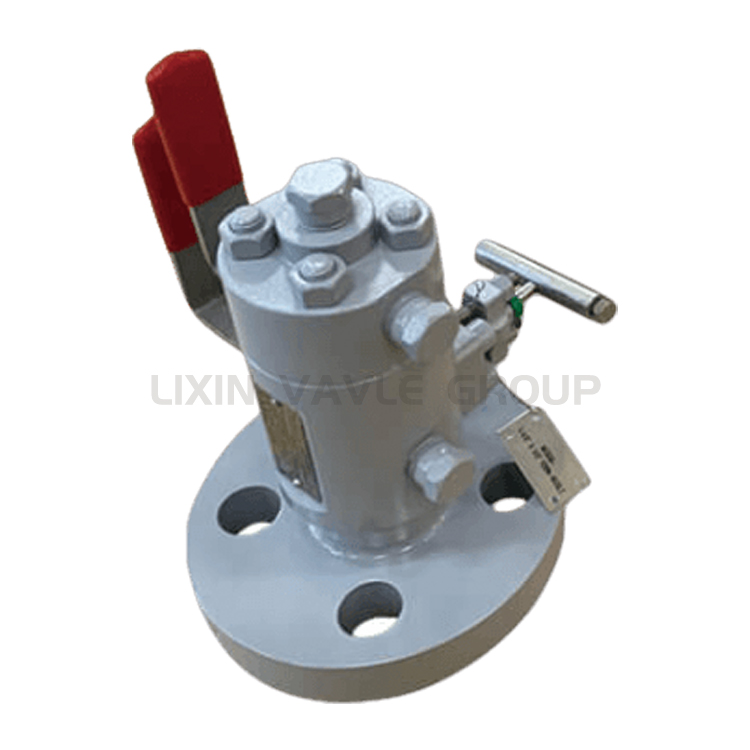Technical Specifications
| Size Range
NPS 1/2″-10″ / DN15-250mm |
Main Material
Carbon steel, Stainless Steel etc. |
| Temperature Rating
-196 ~ +400°C |
Stem Material
Stainless steel |
| Pressure Rating
I.0Mpa ~ 42.0Mpa 150LB ~ 2500LB |
Leakage Level
Zero Leakage |
| Ball Material
Carbon Steel,Stainless steel etc. |
Flange Drilling
ASME B16.5, EN1092, GOST 33259, BS etc. |
| Seat Material
Soft Seat PTFE, RPTFE, PCTFE, NYLON, DEVLON, PEEK, etc |
Body Style
Double Flanged, Butt Weld, NPT, SW |
| Design Standard
API608, API 6D, EN1983, ISO17292 |
Test Standard
API 598,EN12266-1,ISO 5208, |
| Face to Face
API 6D, ISO 5752, ASME B16.10, EN558-1 |
Operation
Wench, Worm Gear, Electric, Pneumatic, etc |
| Application
Bulk liquid storage, oil & gas, LNG storage & transportation, steam distribution systems, power generation, geothermal steam, sugar & ethanol, pulp & paper liquor, refining, chemical processing, water & wastewater, air separation. |
|
| Other
The carefully selected materials and contemporary design make our ball valve highly recognized. If our ball Valve cannot meet your choice, we can provide you with special made. |
|
Chief Features
The structure design of elastic sealing ring has been adopted for floating ball valves. This seat design features is a bigger sealing pressure ratio between the ring surface and the ball when medium pressure gets lower where the contacting area is smaller, thus the reliable seal is ensured.when the medium pressure gets higher, the contacting area between seat ring and ball becomes bigger as the sealing ring transforms elastically to under take the bigger force pushed by the medium without any damage.
A variety of soft seal and hard seal seat materials to meet more process conditions
The optimized limiting device further improves the accuracy of the valve passage and the flow CV control
ISO platform can be selected to facilitate the operation of the actuator
The valve meets NACE standard, fugitive emission function and fire test certification of API Spec 607
The valve seat is designed with two-way seal and low operating torque. All valves have built-in cavity relief devices to relieve pressure from the upstream seat and apply positive preload to ensure low pressure seal




 Request a Quote
Request a Quote
